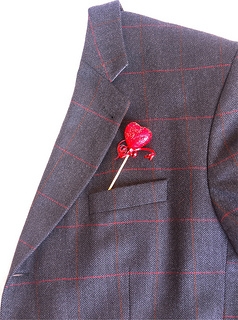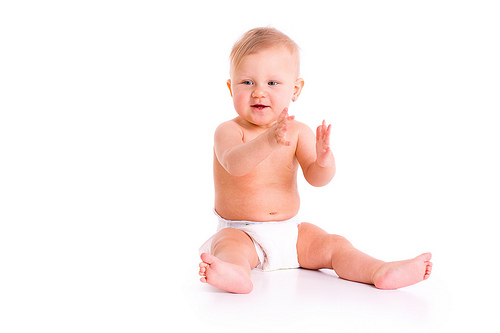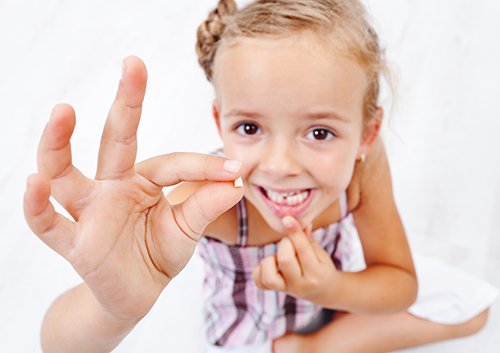February 12th, 2025

Did you know the actions leading to the beginnings of Valentine's Day were actually centered on the avoidance of war? A Catholic priest named Valentine defied the orders of the Emperor Claudius II and secretly married young men and their brides after the emperor had declared it illegal because only single, young men could be sent to war. Rather than lose potential soldiers to fight his war, Claudius attempted to hoard them by proclaiming marriage illegal.
Valentine continued to marry young couples anyway and, eventually, was put to death for it in 270 AD. Before his death, he sent a letter to a secret love and signed it “From your Valentine”. Nearly 1,800 years later, people are still signing letters and cards in this manner. This year, carry on the tradition started long ago, while adding your own twist. Here are a few suggestions.
Simple and Creative Valentine's Day Ideas
- Memorialize it with a Photo. Couples often have photos taken around Christmas, but Valentine's Day photos allow you to capitalize on romance. Famous couple Julia Child and her husband, Paul, had their picture taken together every Valentine's Day and included their sense of humor with silly props.
- Return to Your First Date Location. Even if your first date together was at a local hotdog stand, its sentimental value can make it a fun part of your Valentine's Day agenda. Be creative and make a treasure hunt with clues that lead your partner to the original date location, where you can express your love with flowers or a gift.
- “From Your Valentine” Messages. Deliver your message in a creative way to make this Valentine's Day stand out from the others. Bake your partner's favorite treat and write a message on it with a tube of icing, or draw a note on the steamed up mirror so it shows up when your partner takes a shower.
Although Valentine's Day is a day to celebrate love, it doesn't have to be a special day only for couples. If you're single, use this special day to shower yourself with love, because you're worth it! After all, the priest Valentine believed so strongly in the sanctity of love that he was willing to risk his life for it. Whether you're in a relationship or single, young or old, romantic or not, Valentine's Day is for you. Happy Valentine’s Day from the dental office of Dr. Jason Rector.
February 5th, 2025

February is National Children’s Dental Health Month, so it’s a great time for our team at Rector Pediatric Dental to talk about the importance of getting proper oral health care for your children. Oral health has been closely tied to the overall health of our entire body, so making sure that our children have the best oral health care can not only ensure that they have great smiles, but they are protected from the negative effects of poor oral health as well.
Special Care for Children’s Teeth
Oral health care should begin with the very first tooth that grows in your baby’s mouth. Even though these teeth will fall out within a few years, baby teeth hold a space for your child’s permanent ones, and it’s important that your child has a healthy mouth when those permanent teeth arrive. Without proper care, even baby teeth can decay and cause a host of problems, including:
- Painful teeth and gums
- Difficulty chewing, eating, and sleeping
- Gum disease and inflammation
- Embarrassment when talking and smiling
Develop Good Oral Health Habits Early
As a parent, you can teach your child the right way to care for teeth and make sure he or she visits Dr. Jason Rector regularly for cleanings and checkups. According to the U.S. Department of Health and Human Services, almost 50 percent of children under 12 have some form of tooth decay, and it is one of the most common childhood diseases. Alarmingly, a report by the National Institutes of Health, Oral Health in America, found that almost six out of ten children have cavities or other tooth decay (also called “caries”).
There are many things you can do to help your child maintain a healthy mouth with strong teeth and gums.
- Brush your children’s teeth twice a day when they are babies, then teach them to do it on their own when they get older.
- Be sure your child gets enough fluoride—you can find out whether it is already in your drinking water, and provide supplements if it is not. If you are unsure how to get more fluoride, give our office a call to discuss. In addition, make sure your child is brushing with fluoride toothpaste.
- Feed your child a healthy diet, high in fruits and vegetables and low in added sugars. We especially recommend you avoid sugary drinks.
- Bring your child to our Ocean Springs office for regular dental checkups and cleanings. Coming in every six months is recommended.
Helping children develop healthy habits to care for teeth while they are young is important. These habits can set the stage for good oral health care throughout their entire life. They can avoid many of the problems that result from poor oral health, including gum disease, cavities, and tooth decay. Start encouraging those habits now during National Children’s Dental Health Month, and help your children reap the benefits through the rest of their lives.
February 5th, 2025

February is National Children’s Dental Health Month, and a perfect time for Dr. Jason Rector to review some of the important steps in keeping your child’s smile healthy!
Your Baby
Early care is best! Even before teeth appear, the American Dental Association recommends gently wiping your baby’s gums with a clean, moist gauze pad or washcloth after feeding. When his or her first tooth arrives, it’s time to schedule your child’s first visit. Our office will be happy to answer any questions you might have about brushing tools and techniques. This is also an opportunity to check not only tooth health, but jaw and teeth development. Check your baby’s teeth regularly, and call us if you have any concerns.
Your Preschooler
By the time children are three, they will probably have all or most of their baby teeth. Brushing your child’s teeth twice a day with a soft-bristled, child-sized brush is a great model for when your child begins brushing on his or her own. And when teeth begin to touch, flossing your child’s teeth is recommended once a day as well. Remember to schedule regular checkups at our Ocean Springs office, and help make your toddler’s visit positive by reading books or watching videos about visiting the dentist, using playtime to practice things that might happen in the dentist’s chair (such as opening his or her mouth to count teeth), and planning visits during times your child is well-rested.
Your School-Age Child
Your child might be ready to take on brushing and flossing while you supervise, and there are many ways you can encourage both reluctant and enthusiastic brushers! The ADA recommends two minutes of careful brushing twice a day, or as directed by your dentist or physician. You can use these four important minutes to tell your child stories, listen to music, or brush together. Your child can help choose his or her toothbrush and toothpaste, or earn stickers for a brushing job well done. Stick to a routine for best results, and schedule regular checkups and cleanings to protect your child’s overall dental health. This is also an important age to check bite alignment, any potential orthodontic issues, and the possibility of sealants.
February might be the shortest month, but it’s a great time to consider your child’s life-long smile. If you have any questions or concerns, the team at our Ocean Springs office is always happy to discuss them with you—any time of year!
January 29th, 2025

While the last baby teeth generally aren’t lost until age ten or 11, most children stop believing in the tooth fairy by the time they're seven or eight. Of course, children are more than happy to play along with the game when there’s money at stake! While it is impossible to know what the tooth fairy does with all those teeth (are they labeled and stored like museum pieces in a giant fairytale castle?), it is possible to trace the history and myth of the tooth fairy to several cultures and traditions. Dr. Jason Rector and our team learned about some interesting myths about the tooth fairy!
The Middle Ages
Legend has it that Europeans in the Middle Ages believed a witch could curse someone by using their teeth, so it was important to dispose of baby teeth correctly. Teeth were swallowed, buried, or burned. Sometimes baby teeth were even left for rodents to eat. Despite being pests, rodents were valued for their strong teeth; it was generally believed a tooth fed to a rodent would lead to the development of a healthy and strong adult tooth.
Eighteenth Century France
The tooth fairy myth began to show more characteristics of a conventional fairytale in 18th century France. La Bonne Petite Souris, a bedtime story, tells the strange tale of a fairy that changes into a mouse to help a good queen defeat an evil king. The mouse secretly hides under the evil king’s pillow and defeats him by knocking out his teeth.
Scandinavian Lore
So, why does the tooth fairy leave money under the pillow? The idea of exchanging a tooth for coins originated in Scandinavia. Vikings paid children for a lost tooth. Teeth were worn on necklaces as good luck charms in battle. While the idea of exchanging a tooth for coins quickly spread throughout the rest of Europe, a fierce, horn-helmeted Viking is far cry from the image of a fairy collecting teeth.
While the tooth fairy as children know her today didn’t make an appearance until the 1900s, tooth myths and rites of passage have existed in numerous cultures since the dawn of time.




